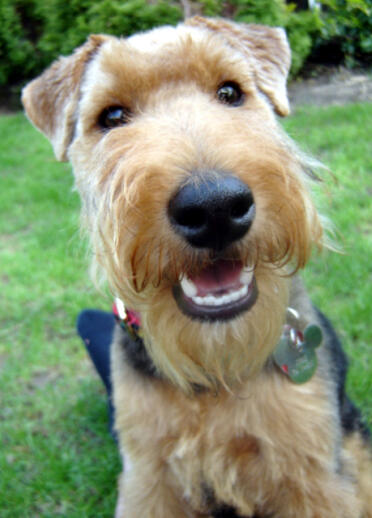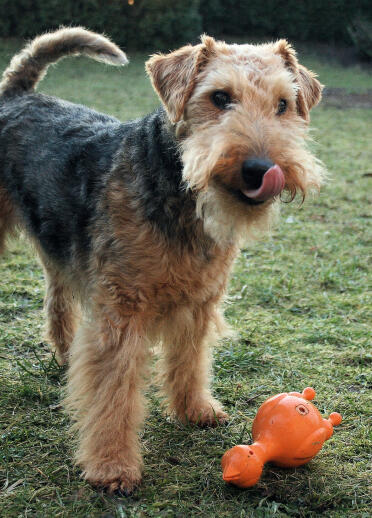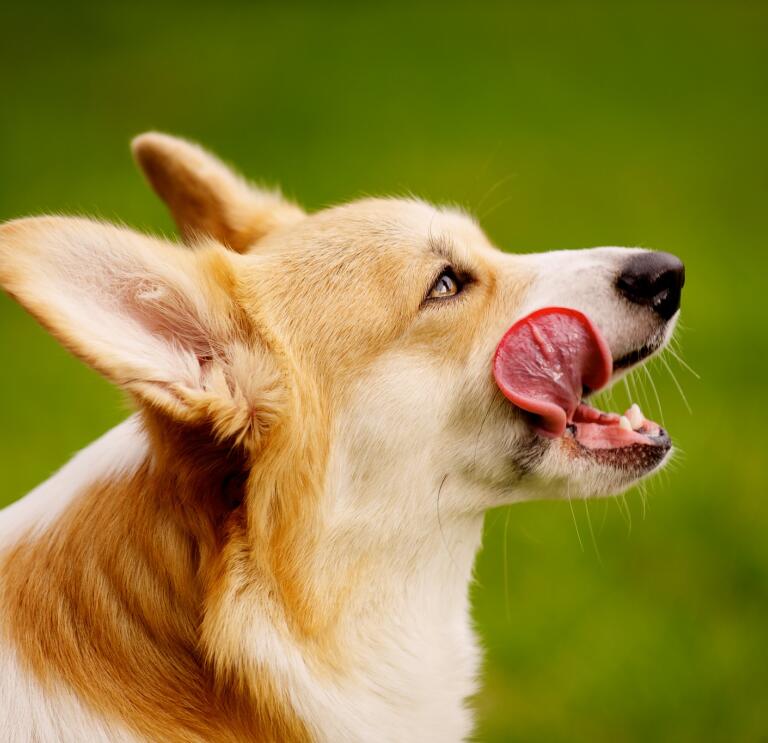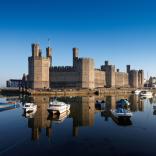It may be a dragon that adorns our flag, but it appears to be the humble hound that has successfully captured Welsh hearts.
According to a Welsh Government survey, our four-legged friends are the most popular pets in the country, taking up residency in more than a quarter of households in Wales.
As such, you’re certain to spot dogs of all shapes and sizes during a stroll in the Welsh countryside, from lolloping St Bernards to pattering dachshunds.
When it comes to native breeds, Wales has five dogs it calls its own. A posse of pooches that, despite not being internationally well-known (and in some cases, sadly featuring on the Kennel Club’s list of ‘Vulnerable Native Breeds’), have become beloved members of famous families and even starred on the silver screen. Here’s an overview of each of these sublime Celtic canines.
Welsh corgi
When it comes to the most well-known Welsh breed, the corgi is sure to wear the crown. There are two distinct breeds of corgi, the Pembroke and the Cardigan, both of which were originally used for cattle herding and thought to have descended from a Scandinavian ancestor that was brought to Wales by settlers some time around the 11th century.
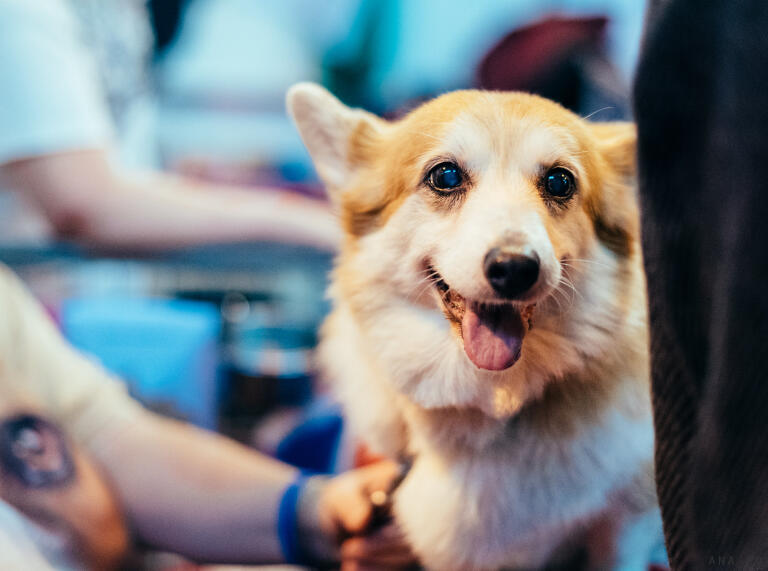
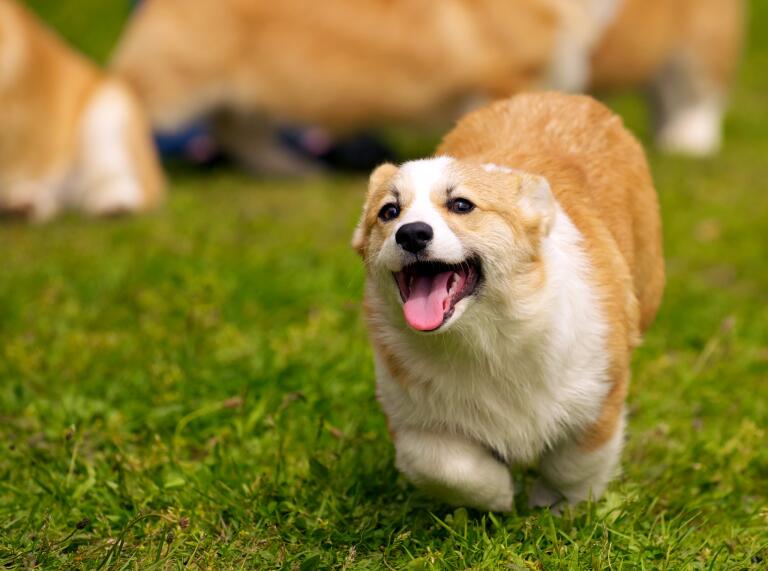
However, those tiny corgis have royal favour to thank for thank for their rise in profile. The former Queen of Great Britain, Queen Elizabeth II, was passionate about the breed, owning dozens during her lifetime. The Queen was said to be so fond of her dogs that they were granted their own room in Buckingham Palace. Her first pup, Susan, was even reportedly squirrelled away in the future queen’s wedding carriage so the dog could be present during her big day.
Corgis are good family dogs, typically gentle, affectionate and intelligent, making them ideal for an active household with children.
Welsh sheepdog
We have a lot of sheep in Wales (approximately three sheep for every one person), and nothing is better than keeping a flock in check than a four-legged companion. Welsh sheepdogs are a descendent of several ‘sheepdog’ breeds once common in the country, and are a relative of the more common border collie breed, which originates from the borderlands of England, Wales and Scotland. Because the dogs continue to be bred for their working skills (rather than looks), their characteristics vary considerably from dog to dog.

Wales has a long history of competitive sheep herding, with the first international tournament in the discipline held in Bala, North Wales, in 1873. This age-old practice remains popular today, and you’ll still see Welsh sheepdogs circling flocks at agricultural fairs like the Royal Welsh Show.
Welsh farmers have a good pedigree when it comes to training sheepdogs, with the world's most expensive sheep-working dog sold in the country in 2021 for a staggering £28,455. You’ll need a similarly strict temperament to own a Welsh sheepdog, which are known for being strong-willed and require much stimulation and exercise, making them best suited to working farm environments.
Sealyham terriers
If Wales had to choose a pin-up dog, then the Sealyham would likely be it. The dogs owe their existence to a wealthy landowner named Captain John Tucker-Edwardes, who resided at the Sealyham estate in Pembrokeshire. Tucker-Edwardes worked tirelessly to breed a small terrier that would serve as the perfect hunting companion, ensuring the dog had a white coat so it could be easily distinguished from potential prey.
However, from these humble West Wales origins, the Sealyham managed to make it all the way to Hollywood by the end of the Second World War, with the dog becoming a favourite of film stars including Elizabeth Taylor, Humphry Bogart and Cary Grant. The latter humorously called his Sealyham, Archie Leach – Grant’s real name. The dogs were also owned by legendary director Alfred Hitchcock, and appeared, along with the director, in his iconic 1963 horror flick, The Birds.
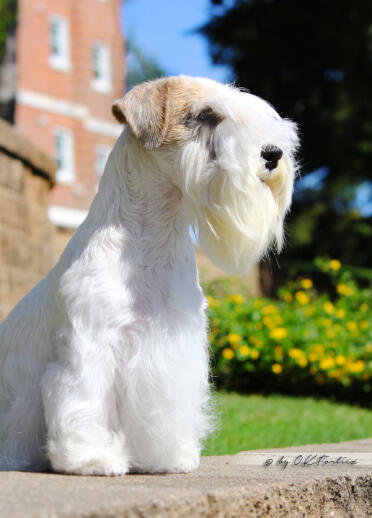
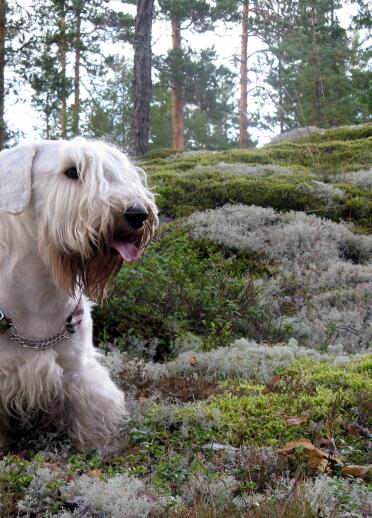
Sadly, the following decades saw the dog’s popularity wane, to the point where Sealyhams are now one of the most vulnerable native breeds in the UK.
A small and pretty dog, Sealyhams are well-loved for their affectionate personality and adaptability, making them suitable companions in both inner-city and rural households.
Welsh springer spaniel
Despite being immortalised as a 1979 Post Office stamp (commemorating the UK’s native dog breeds), Welsh springer spaniels remain much less well known than the very popular English springer spaniels. Welsh springers are smaller in stature than their famous cross-border cousins, and are most easily distinguished by their unique red and white coat – a fitting shade given Wales’ long association with the colour red.
When it comes to the dog’s history, the clue is in the name. The term spaniel is derived from the Old French for 'Spanish dog', where the breed is believed to have originated before arriving in the UK. Springer, meanwhile, relates to the dog’s original role, ‘springing’ animals and birds from the undergrowth for hunters.
Today, Welsh springers are renowned as loyal and affectionate companions, and the breed of choice for many active families, especially those with younger children.
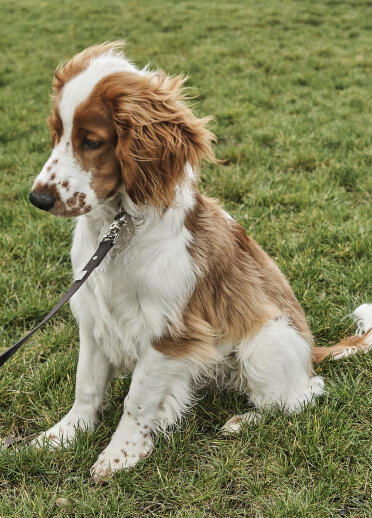
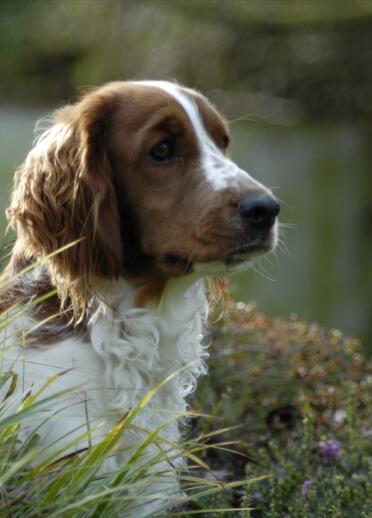
Welsh terrier
The Welsh terrier vies for the title of the UK’s oldest native dog breed still in existence, with records of the breed dating as far back as the 13th century.
Back then, the small wire-coated dogs were cherished for their skills controlling vermin on farms. But in the preceding centuries, this slightly-scruffy-looking pup has found a home in some of the fanciest abodes on earth, including The White House (as a pet to President John F Kennedy, named Charlie – despite the president being allergic to dog hair!) and Buckingham Palace (where a Welsh terrier, named Gwen, was owned by King Edward VIII).
And yet despite this significant cultural heritage, the Welshie is another dog on the list of Vulnerable Native Breeds. Fortunately there are clubs committed to ensuring the breed’s survival, who cherish them for their easy-going nature, strong, cheeky personality and the fact they’re typically great in a family environment.
